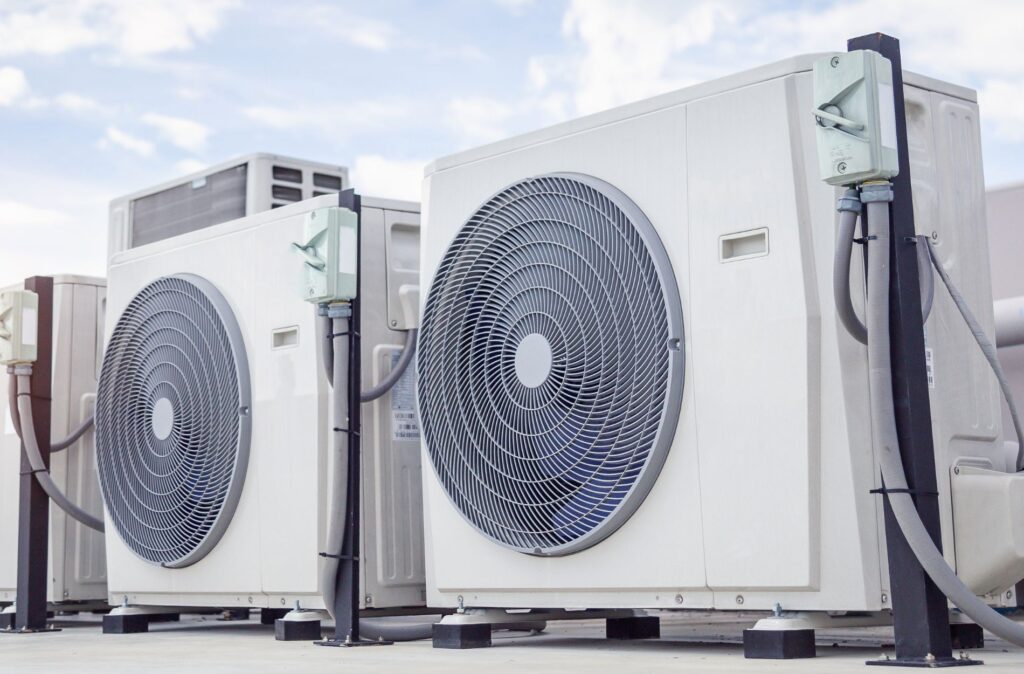Effective heating installation is crucial for commercial properties. It ensures a comfortable environment for employees and clients and contributes to the overall operational efficiency of the space. Proper planning can prevent issues down the line, saving both time and money.
Assessing Heating Needs for Commercial Properties
Assessing the heating needs of a commercial property is the first crucial step in planning for a heating installation. It involves evaluating various factors to ensure the chosen system will provide adequate warmth and efficiency for the space.
Start by considering the size of the building. A larger building will typically require a more robust heating system than a smaller one. Also, look at the number and layout of rooms. Some areas may need more heat than others, depending on their use and occupancy.
Next, evaluate the current insulation and draft protection of the property. Well-insulated buildings retain heat better, which can influence the type of heating system needed. Assess the windows, doors, and wall insulation to determine if upgrades are necessary.
Additionally, consider the specific heating requirements of different spaces within the building. For example, office areas may have different heating needs than storage spaces or manufacturing areas. Understanding these distinctions ensures the heating system chosen will be efficient and effective.
Choosing the Right Heating System
Selecting the appropriate heating system for a commercial property is critical for achieving efficient and effective heating. There are several systems to consider, each with its benefits and capabilities.
One option is a traditional furnace. Furnaces are reliable and can provide consistent heat throughout large spaces. They come in various types, including electric, gas, and oil. Our professionals can help determine the best type for your specific needs.
Electric fireplaces are another choice. They offer a modern and aesthetically pleasing option for spaces where both comfort and style are important. They require less maintenance than traditional heating systems and can be installed in various settings.
Heat pumps are also worth considering. They are energy-efficient and provide both heating and cooling capabilities. This dual functionality can be beneficial for commercial properties, especially those in regions with varying seasonal temperatures.
By evaluating the advantages and suitability of each system, you can make an informed decision that ensures optimal performance and efficiency for your commercial property.
Steps Involved in Commercial Heating Installation
The process of heating installation for commercial properties involves several critical steps. Proper planning and execution ensure the system operates efficiently and meets the heating needs of the building.
First, an initial assessment is conducted. Our professionals will evaluate the building’s layout, insulation, and existing heating infrastructure. This assessment helps us determine the most suitable heating system and installation plan.
Next, we design a custom heating solution tailored to the commercial property. This design phase includes determining the optimal placement for heating units, ductwork, and control systems. We consider factors such as airflow, energy efficiency, and ease of maintenance.
Once the design is finalized, our technicians proceed with the installation. This involves placing the heating units, running ductwork, and connecting the necessary electrical or gas lines. Our professionals ensure all components are installed correctly and meet safety standards.
After the installation is complete, we perform a series of tests to verify the system’s performance. This includes checking for leaks, testing the thermostat, and ensuring the system heats the property evenly. A final inspection confirms that everything is functioning as it should.
The Role of Maintenance in Prolonged Heating System Efficiency
Regular maintenance is key to ensuring the longevity and efficiency of the heating system. Neglecting maintenance can lead to costly repairs and decreased performance over time.
Scheduled maintenance should include inspecting and cleaning the system components. Our professionals check for wear and tear, lubricate moving parts, and replace any worn-out components. This preventative approach helps identify issues before they become major problems.
Another important aspect of maintenance is ensuring the system’s filters are clean. Dirty filters restrict airflow and force the system to work harder, increasing energy consumption and reducing efficiency. Regularly replacing or cleaning filters can significantly improve the system’s performance.
In addition, our technicians check the system’s thermostat settings and calibration. An improperly calibrated thermostat can cause the system to overwork, leading to higher energy bills and potential breakdowns.
By committing to regular maintenance, businesses can extend the life of their heating system, ensuring it continues to operate smoothly and efficiently for years to come.
Conclusion
Planning and executing a heating installation for commercial properties involves several important steps. From assessing the heating needs and choosing the right system to ensuring proper installation and ongoing maintenance, each step plays a vital role in the overall performance and efficiency of the heating system.
A reliable and efficient heating system not only provides comfort but also contributes to the smooth operation of the business. Taking the time to plan and maintain this system can prevent unexpected breakdowns and reduce long-term costs.
For professional heating installation in Pitt Meadows, trust our experts at Big Valley Heating & Air Conditioning. Our experienced professionals are here to ensure your commercial property’s heating system meets all your needs and operates at peak efficiency. Reach out to us today to get started on your heating project.



 (604) 467-6474
(604) 467-6474


